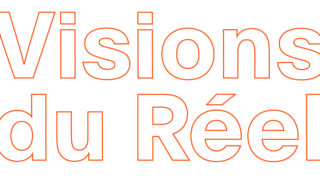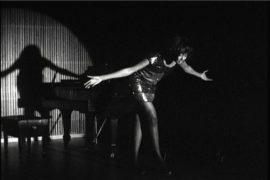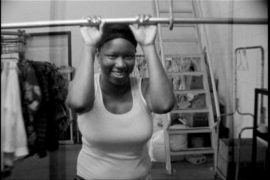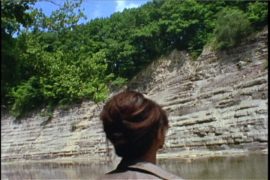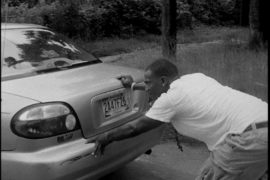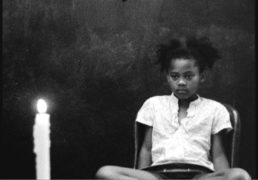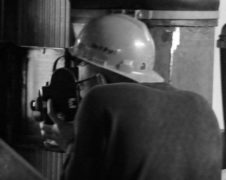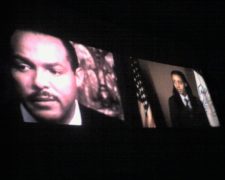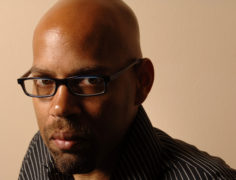Kevin Jerome Everson
United States | 2009 | 3 min
Language : English
The attention that Everson has always devoted to the working class in Mansfield has found its most powerful manifestation in the Neighborhood Trilogy, made of the medium-length Company Line and two shorts, Watchworks and The Camps. The three films shift through history and time and capture the transformations that the local African-American working class has undergone.
The attention that Everson has always devoted to the working class in Mansfield has found its most powerful manifestation in the Neighborhood Trilogy, made of the medium-length Company Line and two shorts, Watchworks and The Camps. Company Line focuses on the earliest Black neighbourhood in Mansfield. Company Line derives its title from the district situated at the north side of the town, close to the steel mill that used to provide jobs for almost the entire community. The district, mainly inhabited by people who had begun to move in after the end of the war, was later entirely taken over by a big company, and its neighbourhood, mostly comprising workers employed at a watch and soap factory (as can be seen in the two ancillary shorts), was scattered across the town of Mansfield. The leitmotif in the three films is an iconic song by an African-American R'n'B girl group that haunts all three films with its beautiful and sad melody about desire, loss and longing. Fifeville, made in collaboration with Dr Corey D.B. Walker, is about another district, Charlottesville, Virginia, now facing extensive gentrification. Emergency Needs, instead, re-evokes the racial riots that exploded in Cleveland in July 1968 following a gunfight between Black militants and the police. The film presents a speech by the mayor Carl Stokes, re-enacted out-of-sync by an actress. Thus the ongoing dialogue between past and present becomes a question of how to shape the future. The past becomes a mirror retaining figments of history whose tentacles reach forth, asking for our understanding. The use of found footage overlaps with fictional recreation, and the use of the split screen is a clear reminder of a division that still exists in societies today. The importance of the voice and speech patterns, along with the gestures necessary to enact them, becomes the symbol of a work that has yet to be made. And filmed.
Giona A. Nazzaro
